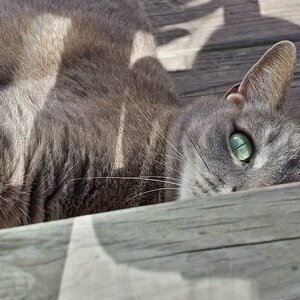EOS_JD
TPF Noob!
- Joined
- Feb 15, 2007
- Messages
- 1,698
- Reaction score
- 0
- Can others edit my Photos
- Photos OK to edit
also could come in handy in a commercial environment where you need specific dof, and action is taking place and you need specific shutter speed ALSO.
Then youll use it to fine tune .....
prob sports commercial, or car shoot, but hey its a good thing to have in that situation.
You would not generally use EC in this case. Set both Ap and Sh to required and change ISO tyo get the correct exposure setting. (EC on the fly using ISO)



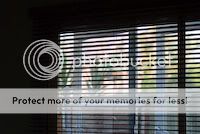
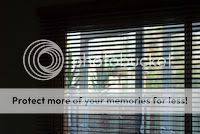
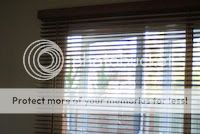
![[No title]](/data/xfmg/thumbnail/37/37102-ef61523dcb48f0bd3a761c8bb5cea767.jpg?1619737881)
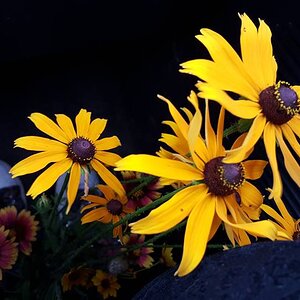
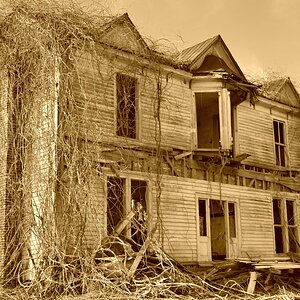
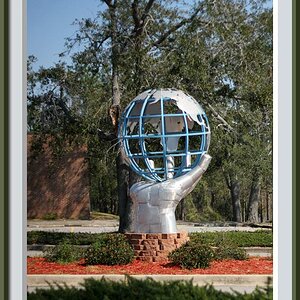
![[No title]](/data/xfmg/thumbnail/41/41821-2e92de82ffc4cd2d520a8fa10fb8b6a5.jpg?1619739905)
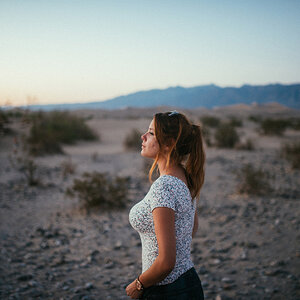
![[No title]](/data/xfmg/thumbnail/42/42064-76de02ee1a248037351c52c414af9bab.jpg?1619739997)
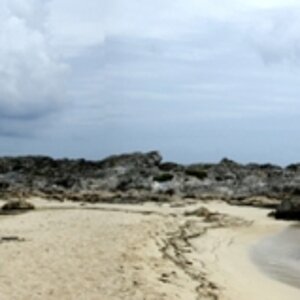
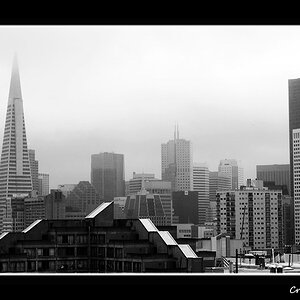
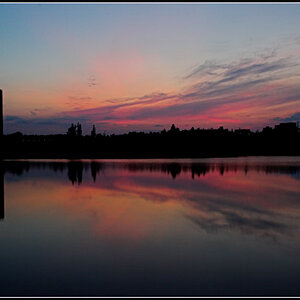
![[No title]](/data/xfmg/thumbnail/36/36672-6e6efd07ece42d211057279229ffe34c.jpg?1619737676)
